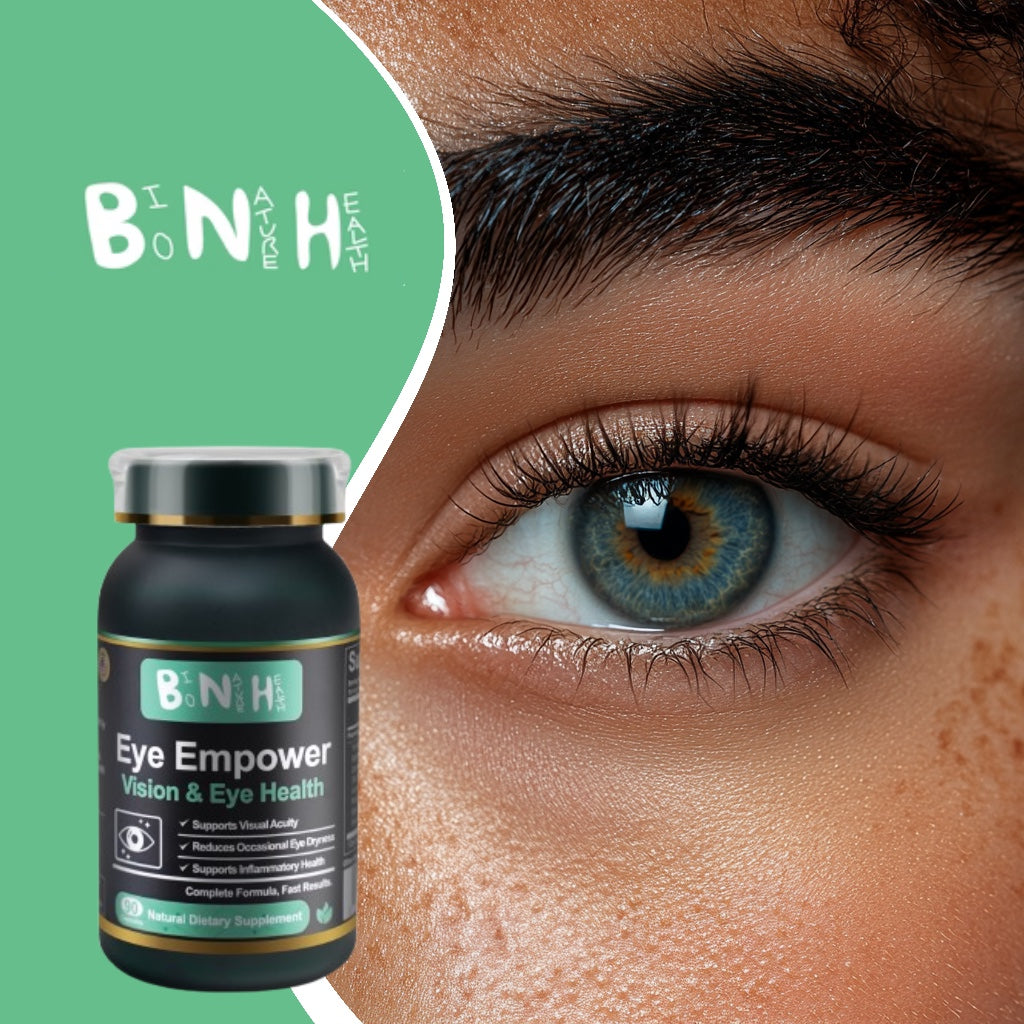For many, itchy, red, or swollen eyes are a common issue that can be both uncomfortable and disruptive. These symptoms often stem from allergies, dryness, prolonged screen time, or environmental irritants, with each cause requiring different forms of care to bring relief and protect eye health.
One of the most frequent causes of itchy eyes is allergies. Seasonal allergies, such as those from pollen, and perennial allergies from dust mites, mold, or pet dander, can cause red, itchy, and watery eyes. When allergens hit the eye’s surface, the immune system releases histamines, which lead to inflammation. Over-the-counter antihistamine eye drops can provide relief by blocking the histamine response, reducing itching and redness. Cooling compresses can also reduce swelling, soothing irritated eyes (1). Avoiding allergens is crucial: for example, staying indoors during high pollen counts or keeping pets out of bedrooms can minimize exposure and alleviate symptoms (2). For severe cases, an allergist might recommend immunotherapy to build tolerance against specific allergens, reducing symptoms over time.
Dry eye syndrome is another common source of discomfort. Often caused by prolonged screen use, low humidity, and certain health conditions, dry eyes can lead to a gritty sensation and redness. Artificial tear drops are a popular remedy, providing immediate moisture but with only temporary effects. Supplements like Eye Empower offer a more comprehensive approach. Unlike drops that target symptoms on the surface, Eye Empower supports natural tear production from within, helping to retain eye moisture. With regular use over several weeks, Eye Empower can provide noticeable improvements for those dealing with dry eyes.
In today’s digital world, screen time is a major contributor to eye strain, known as digital eye strain or computer vision syndrome. Extended screen use causes redness, dryness, and tiredness. This strain is due to reduced blinking, which prevents the eyes from spreading tears evenly to keep them moist. Following the 20-20-20 rule—looking at something 20 feet away for 20 seconds every 20 minutes—can reduce strain and give the eyes a chance to rest. Adjusting screen brightness, reducing glare, and wearing blue-light glasses can also help minimize discomfort.
Environmental factors like smoke, pollution, wind, or chlorinated pool water can also irritate the eyes, creating a burning or stinging sensation and sometimes stripping away the natural tear film that protects the eyes. Protective measures like wearing wrap-around sunglasses to shield against wind and particles can reduce exposure to irritants. Using artificial tears can help flush out particles and restore moisture after exposure to pollutants. At home, keeping indoor air clean by using an air purifier or vacuuming with a HEPA filter can help reduce the risk of irritation from allergens.
Infections, such as conjunctivitis (pink eye), can also cause noticeable redness, itching, and discharge. Viral conjunctivitis, often spread through contact with contaminated surfaces, is particularly contagious. For these symptoms, avoiding touching or rubbing the eyes and consulting a healthcare provider if they persist is essential, as antibiotics may be necessary for bacterial cases.
By focusing on preventive habits, regular care, and effective treatments, you can manage itchy, red, and swollen eyes more effectively. From solutions like antihistamine drops and artificial tears to supplements like Eye Empower for dryness relief, there are numerous options to address eye discomfort and support long-term eye health.
Stay healthy,
BNH Team





